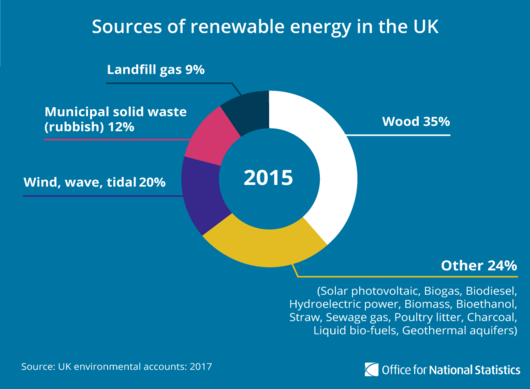Economy Private non-financial corporations (PNFCs) reported a slight decline in net rate of return from 12.9% for Quarter 1 (Jan to Mar) 2017 to 12.6% in Quarter 2 (Apr to June) 2017.
The net rate of return for UK continental shelf (UKCS) companies fell to 3.2% in Quarter 2 2017, the first quarterly decline in profitability since Quarter 2 2016.
Manufacturing companies' net rate of return remained unchanged at 15.3%.
Services companies' rate of return decreased to 16.5% in Quarter 2 2017 compared with 18.6% in Quarter 1 2017. The UK's net capital stock was estimated at £4.4 trillion at the end of 2016, increasing by 1.5% compared with 2015.
Net capital stock grew by an average of 1.5% per year between 1998 and 2016.
Prior to the economic downturn, net capital stock increased on average by 2.0% per year, slowing to an average of 0.8% per year since 2010.
At the end of 2016, services industries held an estimated 75.9% of total net capital stocks, construction 9.6% and manufacturing 5.8%; other production industries accounted for the remaining 8.6% of net stocks held.
In 2016 consumption of fixed capital for the UK was estimated at £236 billion, an increase of 2.0% compared with 2015. Public sector borrowing and cash requirements tables. The global Sustainable Development Goals (SDGs) are designed to measure progress across the world.  This SlideShare looks at the data on renewable energy consumption in the UK, one of the targets for the SDGs. People, population and community More people die in the winter than in the summer in England and Wales. Our latest release looks at the number of excess winter deaths for the winter period 2016/17.  There were 34,300 excess winter deaths in 2016/17, over one third of these were caused by respiratory diseases. There were more excess winter deaths than the last winter period, though not as many as the 2014/15 peak. Females and the elderly were most affected by excess winter mortality in the 2016/17 winter period. Find out more through the latest statistics out today. | 
No comments:
Post a Comment